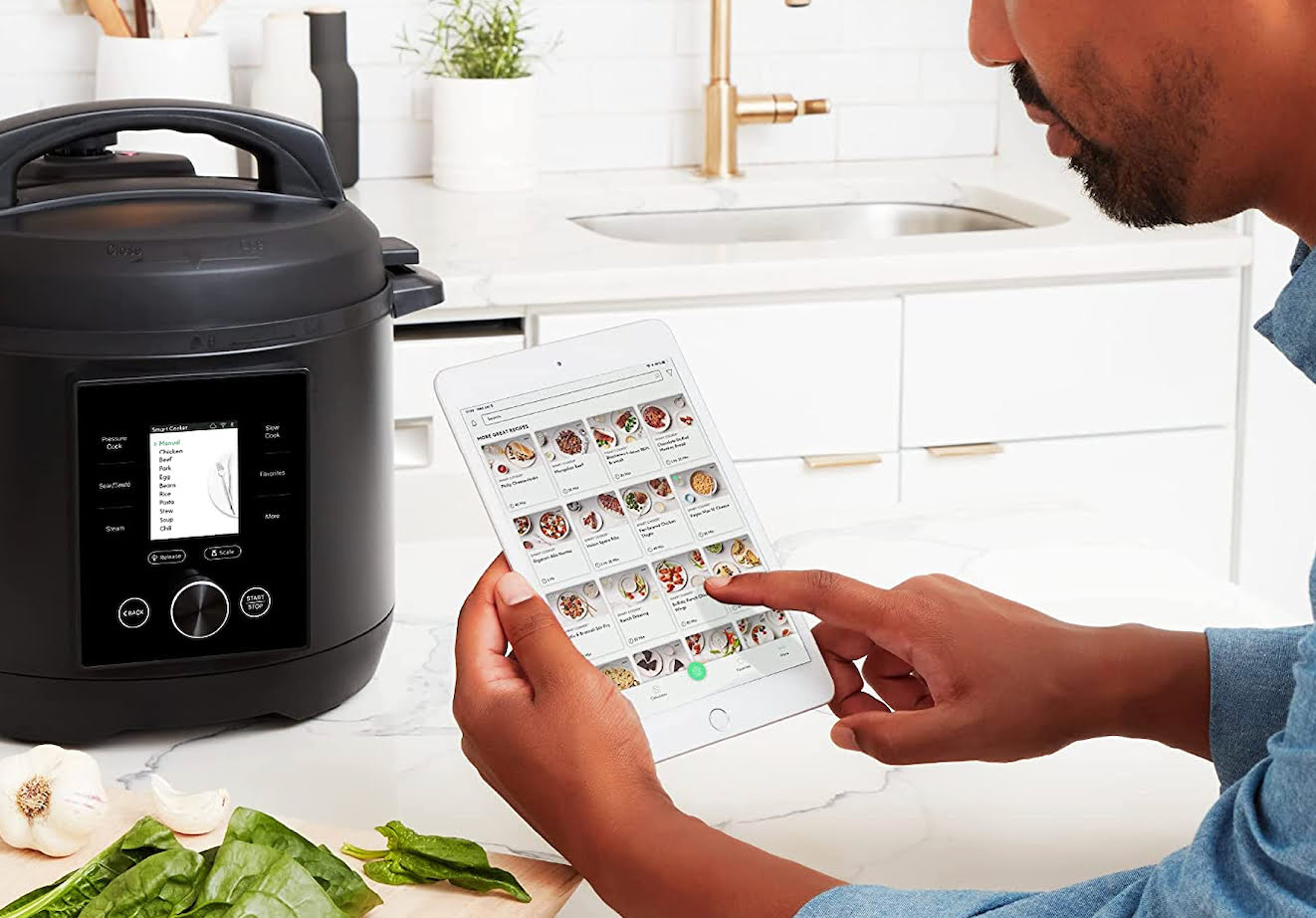

Articles
How To Use An Electric Pressure Cooker
Modified: February 29, 2024
Discover the best articles on how to effectively use an electric pressure cooker. Learn valuable tips and techniques for delicious and efficient cooking.
(Many of the links in this article redirect to a specific reviewed product. Your purchase of these products through affiliate links helps to generate commission for Storables.com, at no extra cost. Learn more)
Introduction
Welcome to the world of electric pressure cookers – an innovative kitchen appliance that is revolutionizing the way we cook. Gone are the days of spending hours in the kitchen, slaving over the stove, and anxiously waiting for your meal to be ready. With an electric pressure cooker, you can enjoy the convenience of preparing delicious, homemade meals in a fraction of the time.
In this article, we will explore the benefits of using an electric pressure cooker, guide you on how to get familiar with your new appliance, provide safety precautions and guidelines, walk you through the steps of using the cooker, and offer tips for cleaning and troubleshooting common issues.
Whether you are a seasoned chef or a beginner in the kitchen, an electric pressure cooker is a valuable tool that can simplify your cooking process and elevate your culinary creations. So let’s dive in and discover how to make the most out of your electric pressure cooker.
Key Takeaways:
- Embrace the convenience and versatility of electric pressure cookers to save time, preserve nutrients, and create flavorful meals with ease. Familiarize yourself with safety precautions, adjust cooking settings, and troubleshoot common issues for a seamless cooking experience.
- Master the art of electric pressure cooking by understanding its components, releasing pressure safely, and maintaining the appliance for longevity. Unleash your culinary creativity and enjoy the benefits of this innovative kitchen tool.
Benefits of Using an Electric Pressure Cooker
Electric pressure cookers offer a multitude of advantages that make them an essential kitchen appliance for home cooks. Let’s explore some of the key benefits:
1. Time-Saving: Electric pressure cookers are designed to cook food faster than traditional stovetop cooking methods. With the combination of high pressure and heat, they can significantly reduce cooking times. What would typically take hours can now be accomplished in a matter of minutes, making it ideal for busy individuals and families. 2. Preserves Nutrients: Unlike boiling or steaming, which can lead to nutrient loss, electric pressure cookers use a sealed environment to trap the steam and heat. This results in nutrients being preserved during the cooking process, ensuring healthier and more nutritious meals. 3. Energy-Efficient: Electric pressure cookers require less time and energy compared to other cooking methods. They are designed to operate at higher temperatures, allowing you to cook with less energy consumption. This not only benefits the environment but also helps reduce your utility bills. 4. Flavorful Meals: The high pressure and sealed environment of electric pressure cookers allow flavors to infuse deeply into the food. This means that your meals will not only cook faster but also result in more intense and flavorful dishes. Whether it’s tender meats, perfectly cooked grains, or flavorful stews, an electric pressure cooker can enhance the taste and texture of your culinary creations. 5. Versatility: Electric pressure cookers are incredibly versatile and can be used for a wide range of cooking tasks. From pressure cooking and slow cooking to sautéing, steaming, and even making yogurt or cakes, this all-in-one appliance can replace multiple kitchen gadgets, freeing up counter space and simplifying your cooking routine. 6. Convenience: With programmable settings and timers, electric pressure cookers offer a high level of convenience. You can set it and forget it, allowing you to go about your day while your meal cooks. Some models even have a delayed start option, so you can set the cooker to start cooking at a specific time, ensuring your meal is ready when you need it. 7. Safe and Easy to Use: Electric pressure cookers come with built-in safety features, such as pressure release valves and locking systems, to prevent accidents and ensure user safety. They also feature user-friendly controls, making them accessible for both experienced cooks and beginners alike.
Overall, the benefits of using an electric pressure cooker are undeniable. From saving time and energy to preserving nutrients and enhancing flavors, this versatile appliance can revolutionize your cooking experience and help you create delicious and healthy meals with ease.
Getting Familiar with Your Electric Pressure Cooker
Before you start using your electric pressure cooker, it’s essential to get familiar with its various components and functions. Here’s a guide to help you understand your appliance:
1. Lid: The lid is an integral part of the pressure cooker and ensures a tight seal during cooking. Make sure it is properly aligned and securely closed before starting the cooking process. 2. Control Panel: The control panel is where you can select cooking functions, adjust time and pressure settings, and monitor the cooking progress. Familiarize yourself with the buttons and displays to operate the cooker effectively. 3. Pressure Release Valve: The pressure release valve is used to regulate the pressure inside the cooker. It can be in the form of a floating valve or a lever. It’s important to understand how to use and adjust the pressure release valve according to your recipe requirements. 4. Inner Pot: The inner pot is where you place the ingredients for cooking. It is typically made of stainless steel or non-stick material. Ensure the inner pot is clean and properly inserted into the cooker before use. 5. Sealing Ring: The sealing ring is a critical component that helps maintain the pressure inside the cooker. It is a rubber gasket that should be in good condition and properly seated in its designated groove to prevent steam leakage. 6. Steam Vent: The steam vent is responsible for releasing excess steam during the cooking process. It is important to keep the steam vent clean and free from any obstructions to ensure proper function. 7. Power Cord: The power cord provides electricity to the cooker. Make sure it is securely connected to both the cooker and the power source. Avoid using extension cords and ensure the cord is placed away from heat sources.
Once you have familiarized yourself with these key components, read the instruction manual provided by the manufacturer. The manual will provide specific details about your electric pressure cooker model, including recommended cooking times, cleaning instructions, and safety precautions.
By taking the time to understand your electric pressure cooker and its functions, you’ll be ready to confidently use it to create delicious meals in no time.
Safety Precautions and Guidelines
While electric pressure cookers are designed with safety features, it’s important to follow certain precautions to ensure a safe cooking experience. Here are some essential safety guidelines to keep in mind:
1. Read the Manual: Start by thoroughly reading the instruction manual provided by the manufacturer. Familiarize yourself with the specific safety instructions and guidelines for your electric pressure cooker model. 2. Inspect the Cooker: Before each use, inspect the cooker for any visible damages, such as cracks, dents, or loose parts. Using a damaged pressure cooker can lead to accidents and should be avoided. 3. Ensure Proper Ventilation: It’s crucial to use the pressure cooker in a well-ventilated area. Keep the steam vent and pressure release valve clear from any obstructions to allow steam to escape safely. 4. Use Proper Liquid Amount: Electric pressure cookers require a specified amount of liquid to generate steam and build pressure. Always ensure that you include the recommended minimum liquid amount in your recipes to prevent the cooker from running dry. 5. Avoid Overfilling: Do not exceed the recommended maximum fill line indicated on the inner pot. Overfilling can lead to food particles blocking the steam vent or pressure release valve, compromising the cooker’s safety. 6. Do Not Open Under Pressure: Never attempt to open the pressure cooker while it is still under pressure. Wait until the pressure has been fully released using the proper method outlined in the manual before opening the cooker. 7. Release Pressure Carefully: When releasing pressure from the cooker, use caution to avoid direct contact with the hot steam. Always follow the recommended methods for releasing pressure, whether it’s the natural release method or the quick release method. 8. Keep Children and Pets Away: Ensure that children and pets are kept at a safe distance from the pressure cooker during operation. The high temperatures and steam can cause burns if mishandled. 9. Use the Proper Accessories: Only use accessories, such as trivets or cooking racks, recommended by the manufacturer. Using non-approved accessories can interfere with the cooker’s functionality and compromise safety. 10. Regular Maintenance: Clean the pressure cooker after each use according to the manufacturer’s instructions. This will prevent clogs and ensure optimal performance.
Following these safety precautions and guidelines will help you use your electric pressure cooker with confidence, ensuring a safe cooking experience for you and your loved ones.
How to Use Your Electric Pressure Cooker
Using an electric pressure cooker may seem intimidating at first, but with a few simple steps, you’ll be cooking delicious meals in no time. Here’s a step-by-step guide to help you get started:
1. Add Ingredients: Start by adding your ingredients into the inner pot of the pressure cooker. Make sure not to exceed the maximum fill line, leaving enough space for the food to expand during cooking. 2. Secure the Lid: Place the lid on the cooker and ensure it is properly aligned and locked into place. Some models may have a locking mechanism that needs to be turned or pressed down for a secure fit. 3. Select Cooking Function: Depending on your recipe and the available cooking functions on your electric pressure cooker, choose the appropriate setting. Common functions include pressure cook, steam, sauté, slow cook, and rice. 4. Adjust Time and Pressure: Use the control panel to adjust the cooking time and pressure settings according to your recipe’s requirements. The buttons and displays will vary based on your cooker model, so refer to the instruction manual for precise instructions. 5. Start the Cooking Process: Once you have set the desired cooking settings, press the start button to begin the cooking process. The cooker will take some time to come up to pressure before the cooking countdown begins. 6. Monitor the Cooking Progress: As the cooker reaches pressure, the countdown timer will start. You can monitor the cooking progress on the control panel display. Avoid opening the cooker during this time as it will release the pressure and interrupt the cooking process. 7. Release Pressure: After the cooking time is complete, you need to release the pressure before opening the cooker. There are two common methods: natural release and quick release. Follow the instructions in your manual to safely release the pressure. 8. Open the Cooker: Once the pressure is fully released and the pressure indicator has dropped, it is safe to open the pressure cooker. Carefully unlock and remove the lid, opening it away from your face to avoid any hot steam. 9. Enjoy Your Meal: Your deliciously cooked meal is now ready to be served and enjoyed. Carefully remove the inner pot from the cooker using oven mitts or silicone grips, as it will be hot.
Remember that the precise cooking times and settings will vary depending on the recipe and your specific electric pressure cooker model. It’s always a good idea to refer to the instruction manual for detailed instructions and cooking guidelines.
With practice, you’ll become more familiar and comfortable using your electric pressure cooker, allowing you to explore a wide range of recipes and culinary possibilities.
When using an electric pressure cooker, always make sure the sealing ring is properly in place to prevent steam from escaping and to maintain pressure for efficient cooking.
Read more: How To Use Nesco Electric Pressure Cooker
Adjusting Cooking Settings and Times
One of the great features of an electric pressure cooker is the ability to adjust cooking settings and times to suit your recipe requirements. Here are some tips for adjusting these settings:
1. Pressure Levels: Most electric pressure cookers offer multiple pressure levels, such as low pressure and high pressure. Higher pressure levels cook food faster, while lower pressure levels are suitable for delicate ingredients. Adjust the pressure level based on your recipe’s needs. 2. Cooking Time: The cooking time can be adjusted to meet your desired level of doneness. Keep in mind that cooking times are generally shorter in a pressure cooker compared to conventional cooking methods. Follow cooking charts and recipes as a general guide, but feel free to adjust the time if needed. 3. Preheating: Some electric pressure cookers have a preheating function, which brings the inner pot to the desired temperature before cooking starts. Preheating is beneficial for certain recipes, such as browning meat or sautéing ingredients. Follow the manufacturer’s instructions for preheating if your model has this feature. 4. Sauté Function: If your pressure cooker includes a sauté function, you can use it to brown meat or sauté vegetables before pressure cooking. Adjust the sauté time to achieve the desired level of caramelization or browning. 5. Keep Warm Function: Many electric pressure cookers have a keep warm function that automatically kicks in after the cooking time is complete. This function helps keep your food warm until you’re ready to serve. Adjust the keep warm time as needed, but be cautious not to leave food in the keep warm mode for too long to prevent overcooking or drying out. 6. Multiple Cooking Stages: Some recipes require multiple cooking stages, such as browning ingredients before pressure cooking or adding additional ingredients midway through the cooking process. Check your cooker’s manual for instructions on switching between cooking stages and adjusting timing accordingly. 7. Customized Programs: Many electric pressure cookers come with pre-programmed settings for specific types of food, such as rice, soup, or stew. These programs have preset cook times and pressure levels, which you can select for convenience. Experiment with these programs and adjust them based on your preferences.
Remember, adjusting cooking settings and times may require a bit of trial and error, especially when adapting traditional recipes to the electric pressure cooker. It’s always advisable to start with recommended cooking times and adjust as needed based on the results. With practice, you’ll develop a better understanding of how your electric pressure cooker operates and the adjustments required for different recipes.
Releasing Pressure and Opening the Cooker
After your food has finished cooking in the electric pressure cooker, it’s essential to release the pressure properly before opening the cooker. Here are two common methods for releasing pressure:
1. Natural Release: Natural release involves allowing the pressure to decrease naturally over time. After the cooking time is complete, simply turn off the heat or unplug the cooker and let it sit for a specified period, usually indicated in your recipe. This method is ideal for recipes with delicate ingredients or when you want to prevent food from overcooking. 2. Quick Release: Quick release involves manually releasing the pressure using the pressure release valve or lever. Here’s how to do it: – Firstly, ensure you are wearing oven mitts or using a long utensil to avoid getting burned by the hot steam. – Carefully move the pressure release valve or switch the lever to the “venting” or “pressure release” position. This allows the steam to escape quickly. – Be cautious as the steam release can be forceful. Make sure your face, hands, and other body parts are away from the steam release valve to avoid burns. – Once the steam has fully released, the pressure indicator (if your cooker has one) will drop, indicating that it is safe to open the cooker.
After you have released the pressure using either method, it’s time to open the cooker. Here’s how:
1. Unlock the Lid: Check that the pressure indicator has dropped completely, indicating that there is no residual pressure in the cooker. Once it is safe, twist or press the lid unlock button to release the lid. Be cautious of any remaining steam and open the lid away from your face. 2. Inspect the Food: Carefully examine the food in the cooker to ensure it has cooked to your desired doneness. Use a utensil to stir or taste the food if needed. Adjust seasonings or continue cooking if necessary. 3. Serve and Enjoy: Once you are satisfied with the cooking results, you can serve the food directly from the inner pot or transfer it to serving dishes. Be cautious of the hot inner pot and use oven mitts or silicone grips to handle it.
Remember to always follow the manufacturer’s instructions for releasing pressure and opening the cooker, as the specific methods may vary depending on your electric pressure cooker model. Taking caution during the pressure release and opening process will help ensure your safety and prevent any accidents.
With practice, you’ll become accustomed to handling the pressure release and opening process, allowing you to enjoy your perfectly cooked meals from the electric pressure cooker with ease.
Cleaning and Maintenance of Your Electric Pressure Cooker
Proper cleaning and maintenance of your electric pressure cooker are essential for its longevity and optimal performance. Here’s a guide to help you keep your cooker in great condition:
1. Unplug and Cool Down: Before cleaning your electric pressure cooker, ensure it is unplugged from the power source and has cooled down completely. This will prevent any accidents or injuries during the cleaning process. 2. Remove and Clean Sealing Ring: The sealing ring is a removable rubber gasket that helps create a secure seal during cooking. Remove the sealing ring from the lid and wash it with warm, soapy water. Rinse thoroughly and let it dry before reinserting it back onto the lid. 3. Clean the Lid: Wash the lid with warm, soapy water, ensuring to clean any food residue or debris. Pay attention to the steam vent and the pressure release valve area. Use a brush or a toothbrush to clean any hard-to-reach areas. Rinse thoroughly and wipe dry. 4. Wash the Inner Pot: The inner pot can be washed with warm, soapy water or placed in the dishwasher if it is dishwasher-safe. Make sure to remove any food particles or stains. Avoid using abrasive cleaners or scrubbers that may damage the non-stick coating. 5. Clean the Exterior: Wipe the exterior of the cooker, including the control panel and the power cord, with a damp cloth. Do not submerge the cooker in water or pour water directly onto the control panel. Use a mild cleaning detergent if necessary. 6. Ensure Proper Ventilation: Check the steam vent and the pressure release valve regularly to ensure they are clean and free from any clogs or blockages. Use a small brush or a toothpick to remove any debris if necessary. 7. Inspect and Maintain: Regularly inspect the various parts of your pressure cooker, such as the sealing ring, steam vent, pressure release valve, and the inner pot, for any signs of wear or damage. If any part is worn out or damaged, replace it with a genuine replacement part from the manufacturer. 8. Store Properly: After cleaning and drying all the components of the pressure cooker, store them in a clean, dry place. Ensure that the lid is stored separately from the cooker to prevent any odors or moisture buildup.
It’s important to note that the specific cleaning instructions may vary depending on your electric pressure cooker model, so always refer to the manufacturer’s guidelines and instructions mentioned in the user manual.
By following these cleaning and maintenance practices, you’ll keep your electric pressure cooker in excellent condition, ensuring its longevity and allowing you to enjoy delicious meals for years to come.
Troubleshooting Common Issues
While electric pressure cookers are generally reliable and user-friendly, occasional issues may arise. Here are some common problems you may encounter with your electric pressure cooker and how to troubleshoot them:
1. Pressure Build-Up Issues: If your cooker is not reaching or maintaining pressure, check the sealing ring and ensure it is properly seated in the lid. Also, inspect the steam vent and pressure release valve for any clogs or blockages. Clean them if necessary. Make sure the lid is securely locked and that there is enough liquid in the pot. 2. Steam Leakage: If you notice steam escaping from the sides of the lid, check that the sealing ring is in good condition and correctly positioned. Ensure the lid is locked securely and there are no obstructions preventing a tight seal. Replace the sealing ring if necessary. 3. Burn Errors: Burn errors may occur if food is stuck to the bottom of the inner pot. Make sure you have enough cooking liquid to create steam and prevent burning. If you receive a burn error message, cancel the cooking process, release the pressure, and check if any food is stuck. Clean the inner pot and add more liquid before resuming cooking. 4. Lid Alignment Issues: If you’re unable to lock the lid or if it feels loose, check for any debris or food particles on the sealing ring or sealing surfaces. Clean them thoroughly and ensure a proper fit. If the issue persists, contact the manufacturer for assistance. 5. Display Errors: If the control panel is displaying errors or not functioning correctly, try unplugging the cooker and plugging it back in. Ensure the power cord is securely connected. If the problem persists, contact the manufacturer for troubleshooting or repair options. 6. Overcooking or Undercooking: If your food is consistently overcooked or undercooked, you may need to adjust the cooking time or pressure level. Experiment with different settings or refer to recipe guidelines to achieve the desired results. Additionally, ensure you’re using the correct amount of liquid and following the recommended cooking methods for different ingredients. 7. Uneven Heat Distribution: If you notice uneven cooking or hotspots in the inner pot, try stirring the ingredients during cooking to distribute the heat evenly. You can also try using a trivet or cooking rack to lift the food off the bottom of the pot to prevent direct contact with the heat source.
If you encounter persistent issues that cannot be resolved through troubleshooting, reach out to the manufacturer’s customer support or refer to the user manual for further assistance. They will be able to provide you with specific guidance based on your electric pressure cooker model.
Remember that practice and experimentation are key to mastering your electric pressure cooker. Over time, you will become more familiar with its functions and be able to troubleshoot and overcome any issues that may arise.
Conclusion
Congratulations! You have now gained a comprehensive understanding of how to use and maintain your electric pressure cooker. By harnessing the power of this versatile kitchen appliance, you can save time, preserve nutrients, and create delicious meals with ease.
We explored the numerous benefits of using an electric pressure cooker, including its time-saving capabilities, nutrient preservation, energy efficiency, and versatility. With programmable settings and user-friendly controls, you can enjoy the convenience of cooking mouthwatering dishes while juggling a busy schedule.
We discussed the importance of becoming familiar with your pressure cooker’s components, safety precautions, and guidelines. By understanding its features, you can confidently and safely navigate through the cooking process.
You learned how to adjust cooking settings and times to suit different recipes, release pressure properly, and open the cooker without any risks. Cleaning and maintaining your electric pressure cooker not only ensure its longevity but also guarantee sanitary cooking conditions.
If you ever encounter issues, we provided troubleshooting tips to help you overcome common problems that may arise during the cooking process.
With this newfound knowledge, you are ready to unleash your culinary creativity and embark on a flavorful journey with your electric pressure cooker. Explore various recipes, experiment with different ingredients and techniques, and savor the delightful meals you create.
Remember, practice makes perfect, so don’t be discouraged if it takes a few tries to master the art of electric pressure cooking. Embrace the process, enjoy the benefits, and let your electric pressure cooker revolutionize your cooking experience.
Happy cooking!
Frequently Asked Questions about How To Use An Electric Pressure Cooker
Was this page helpful?
At Storables.com, we guarantee accurate and reliable information. Our content, validated by Expert Board Contributors, is crafted following stringent Editorial Policies. We're committed to providing you with well-researched, expert-backed insights for all your informational needs.
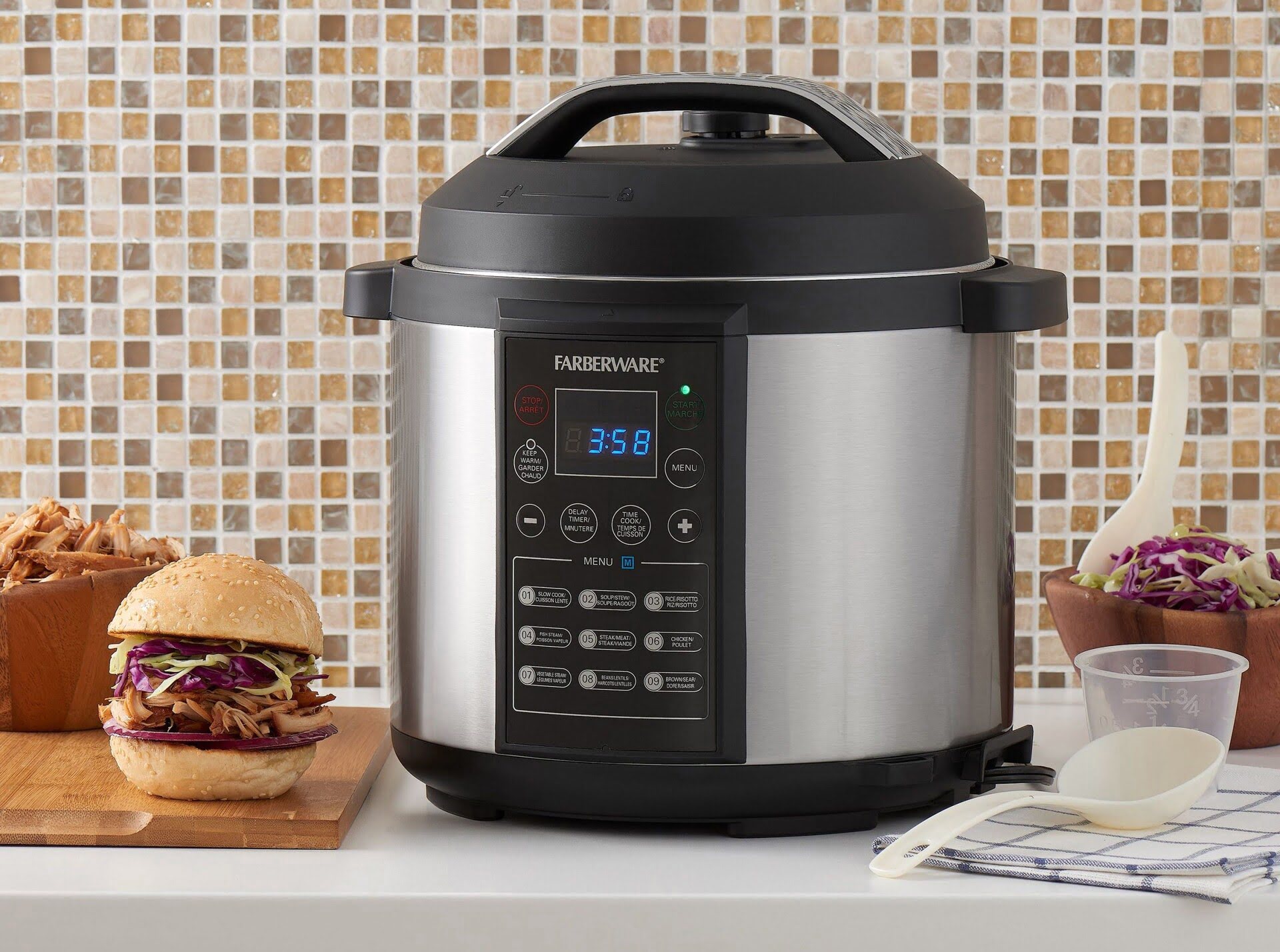
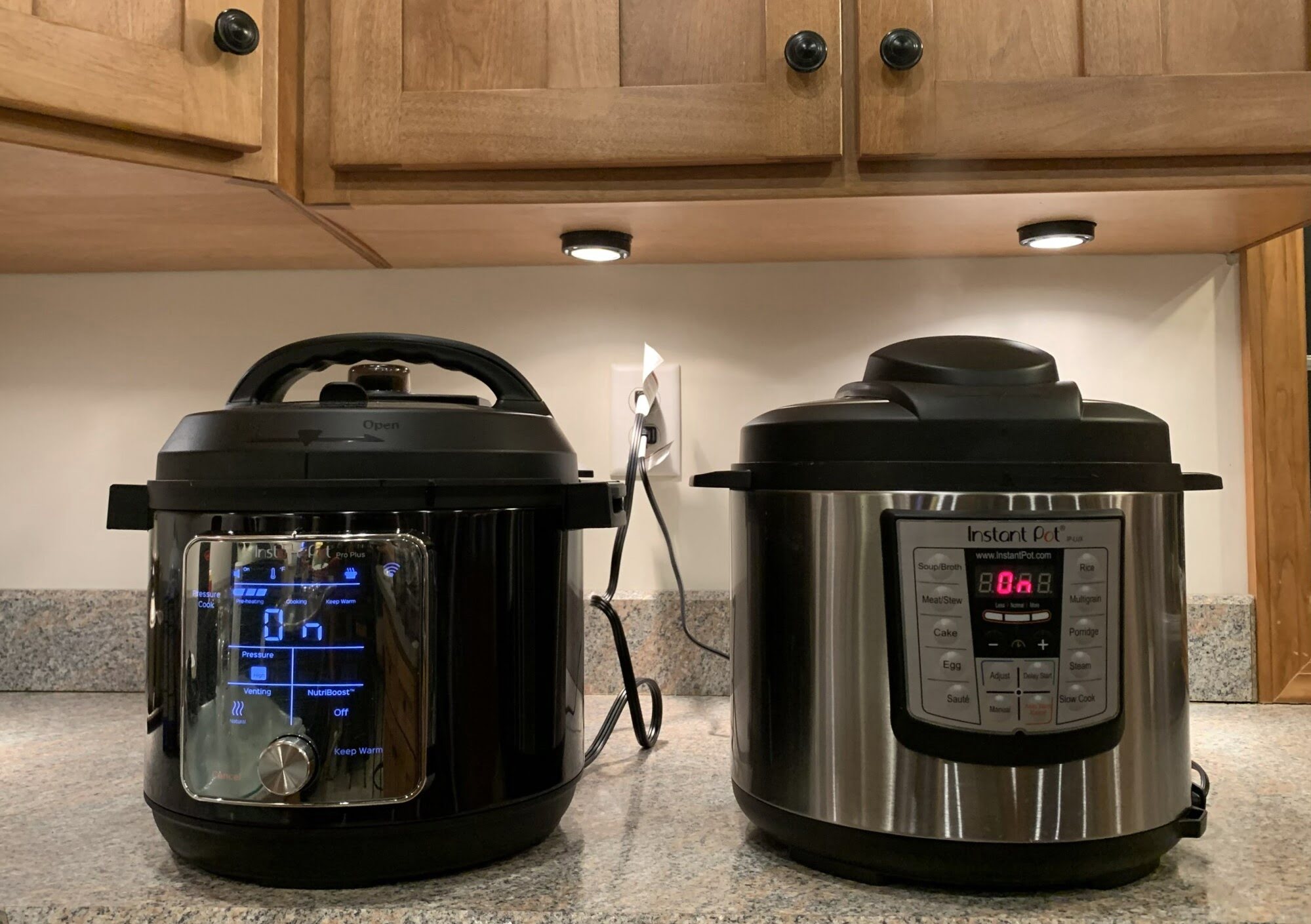
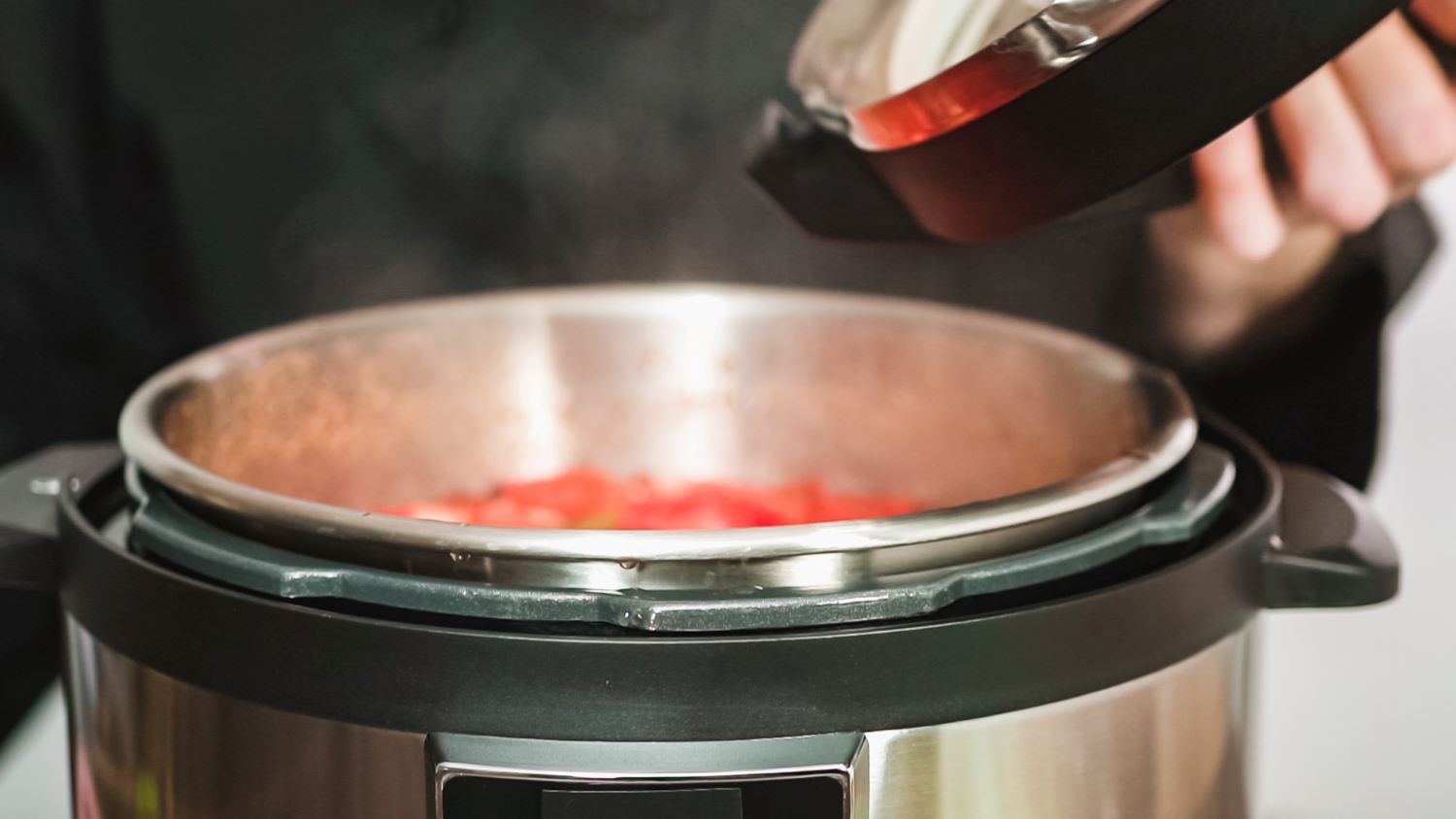
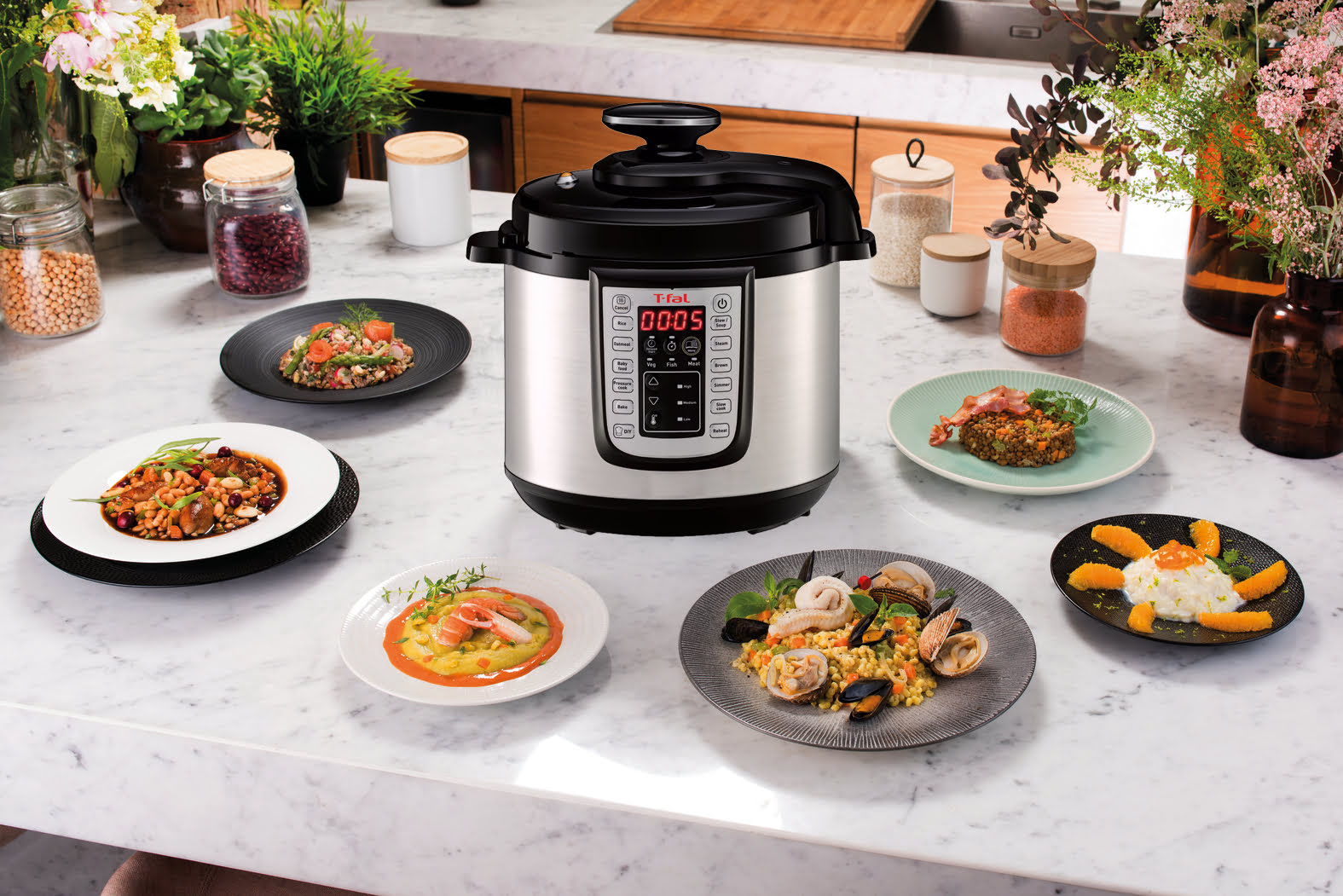
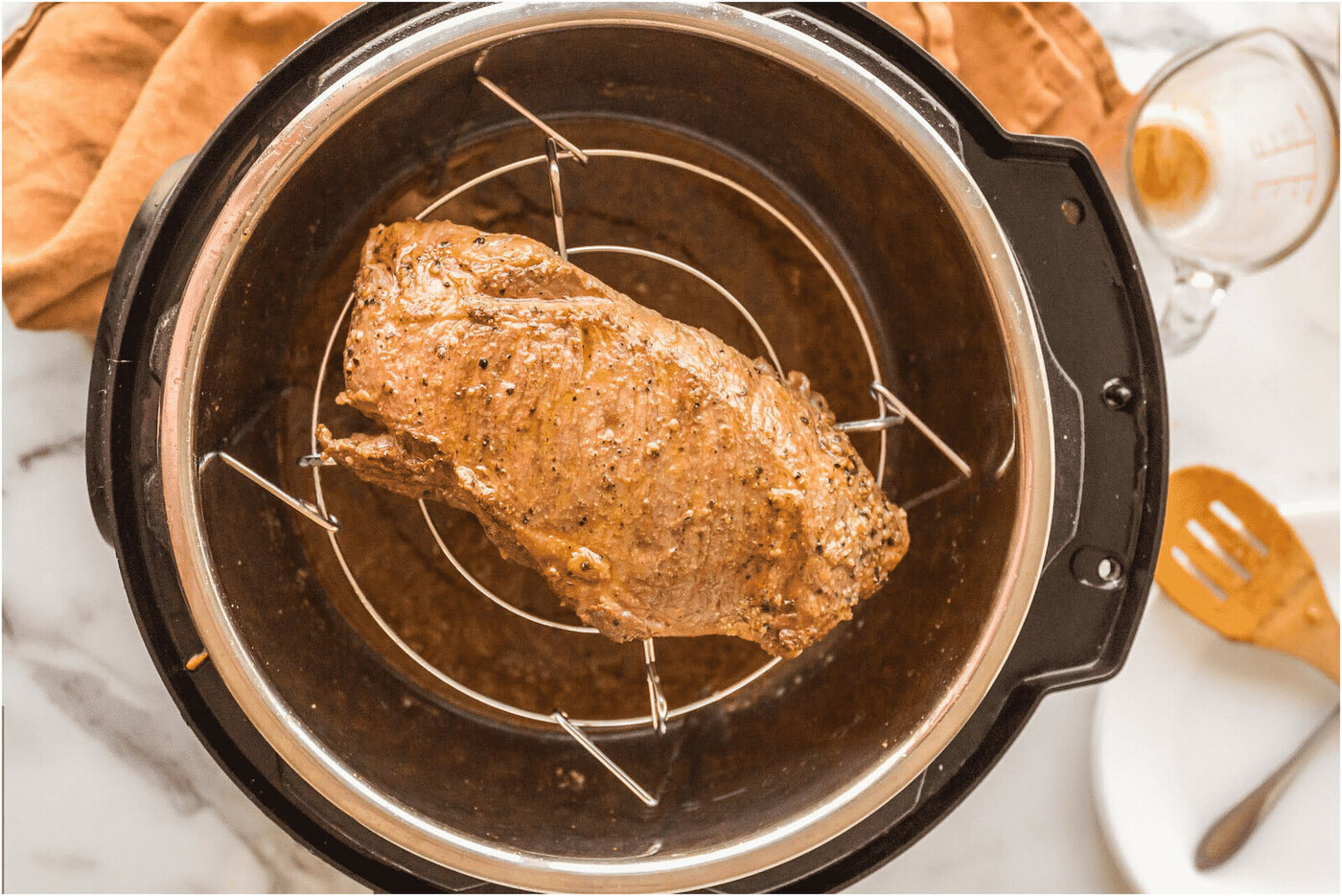
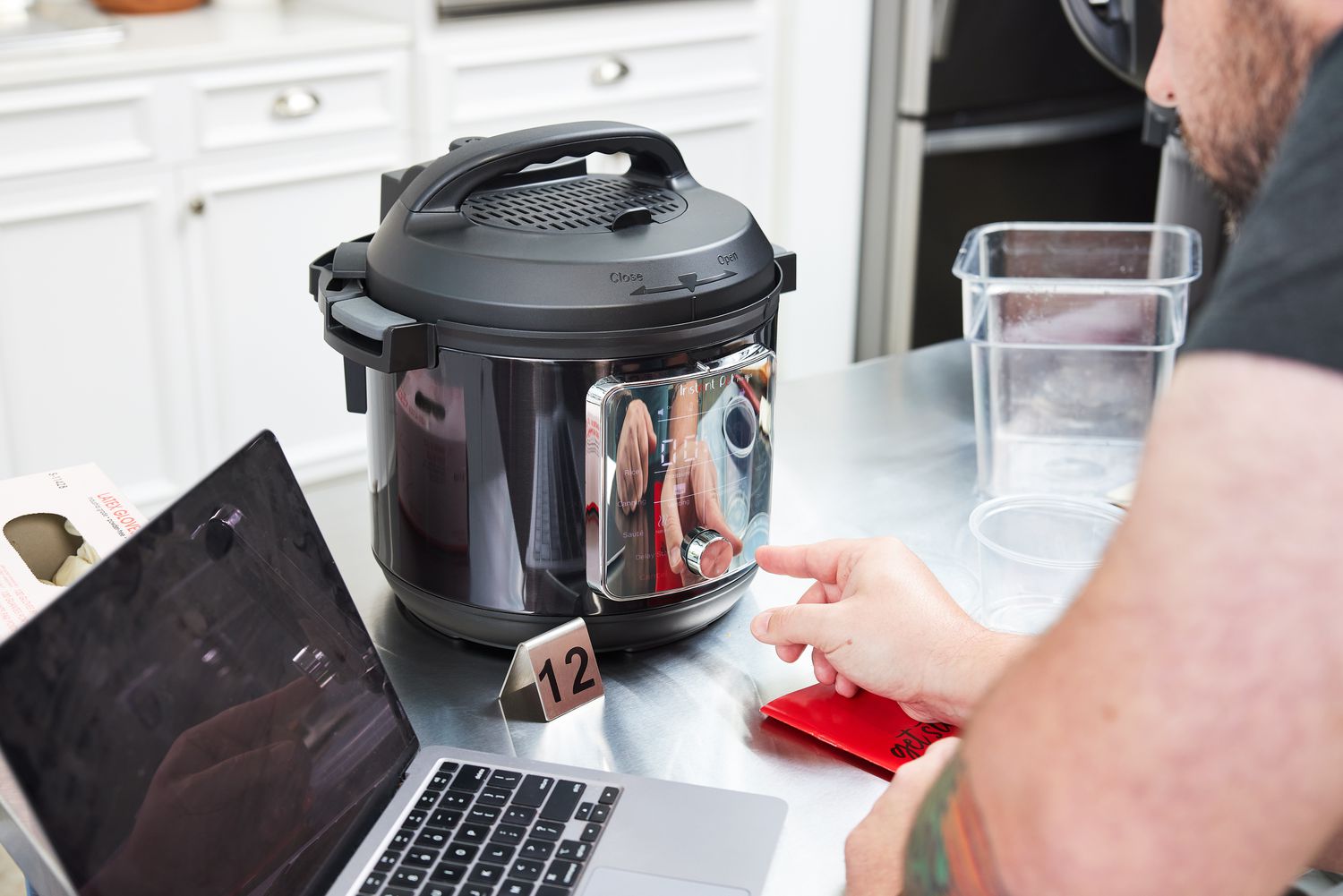
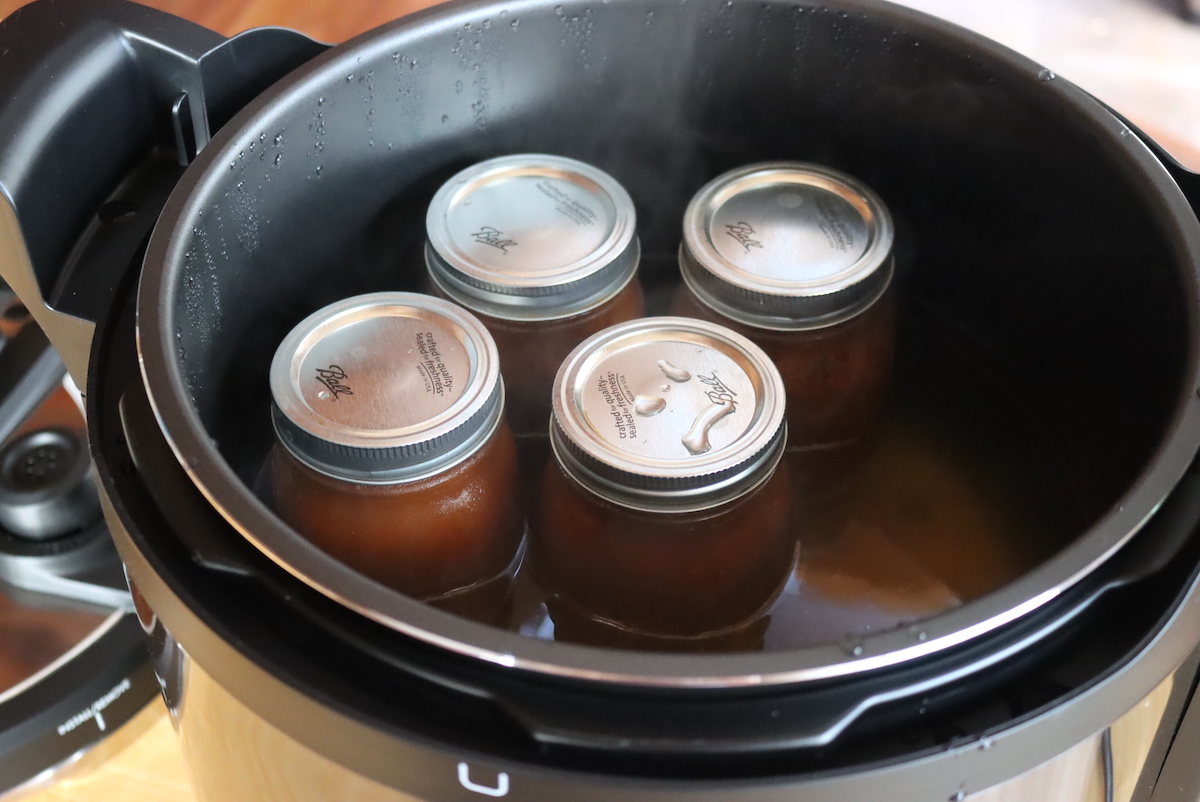
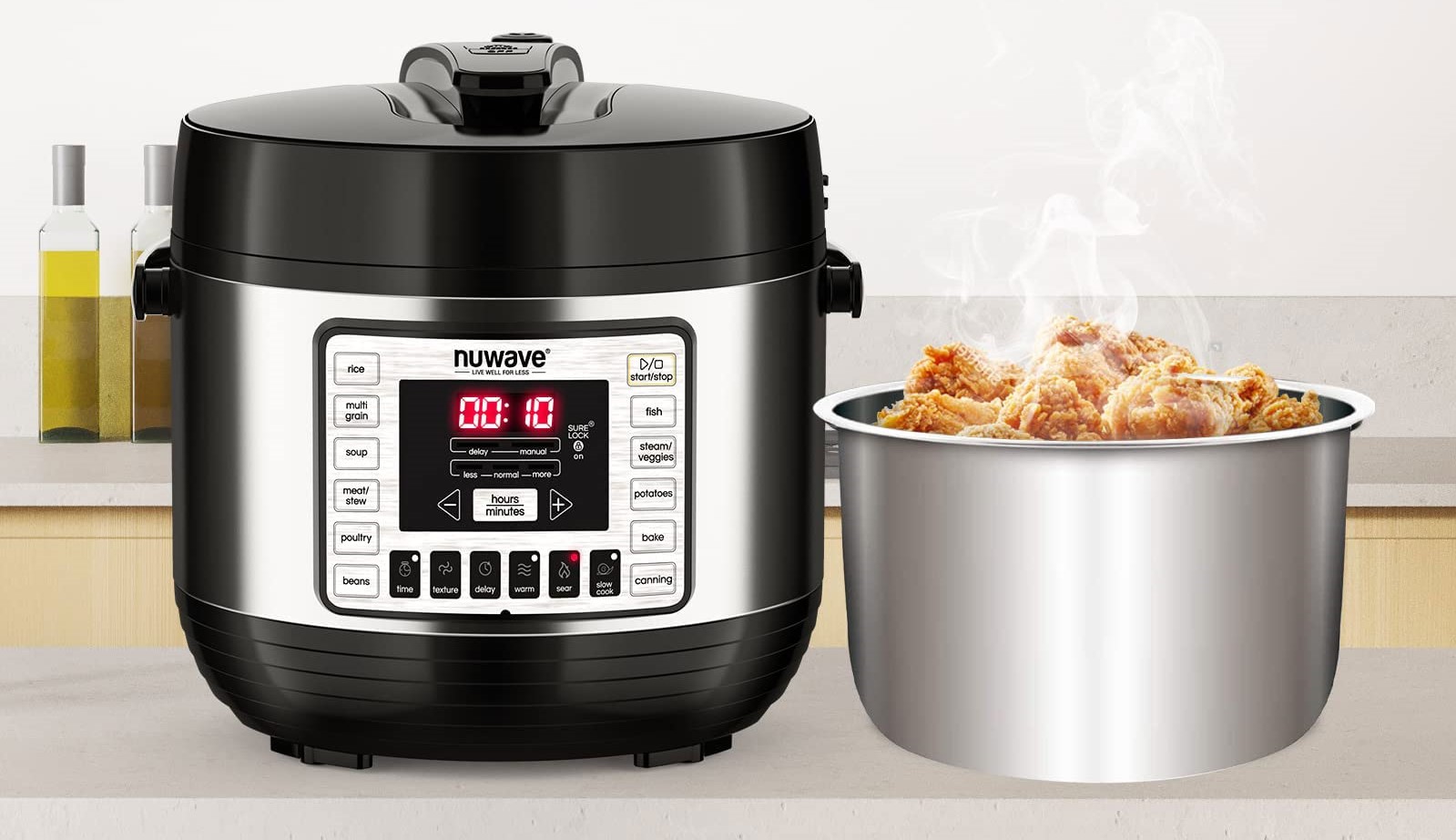
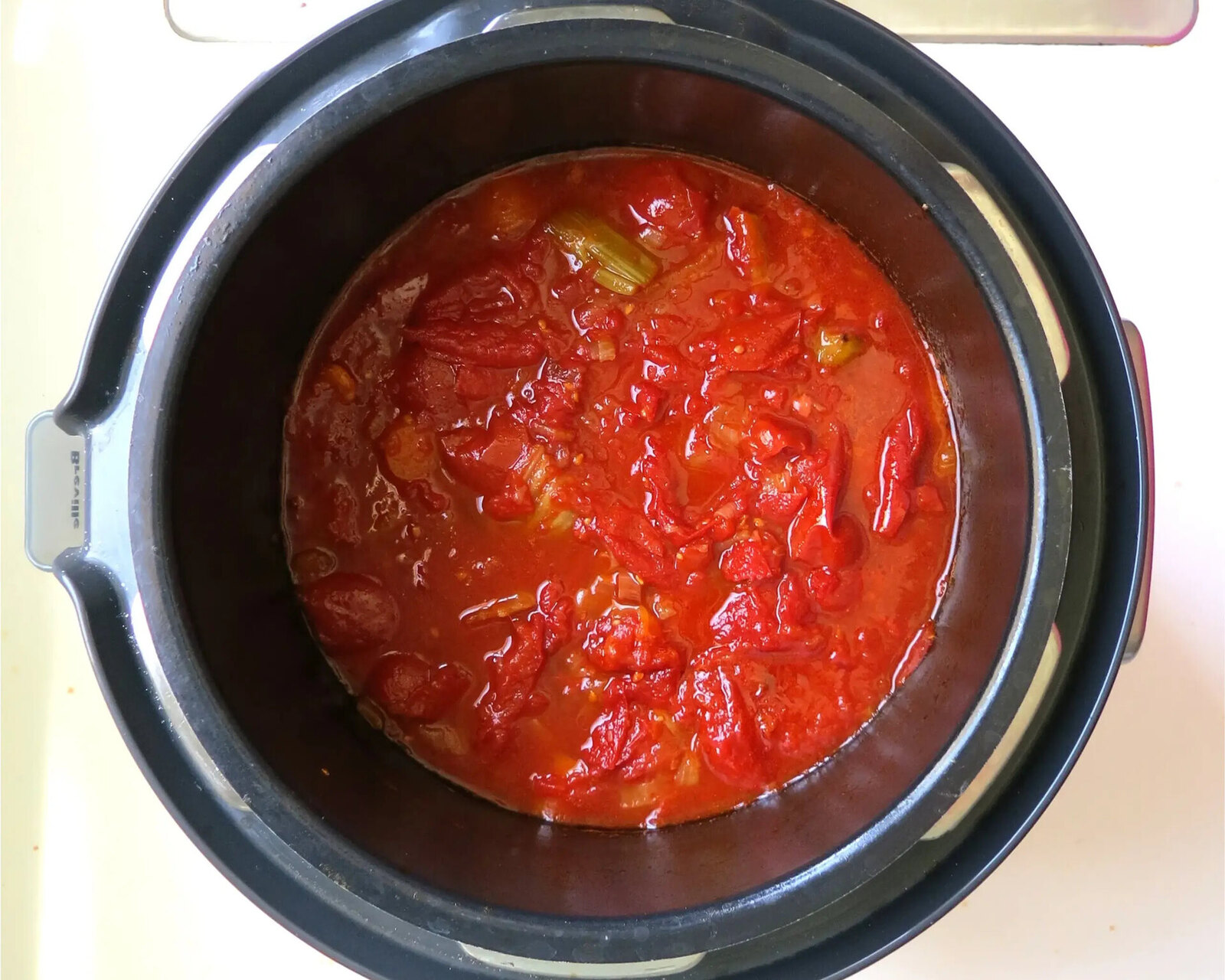
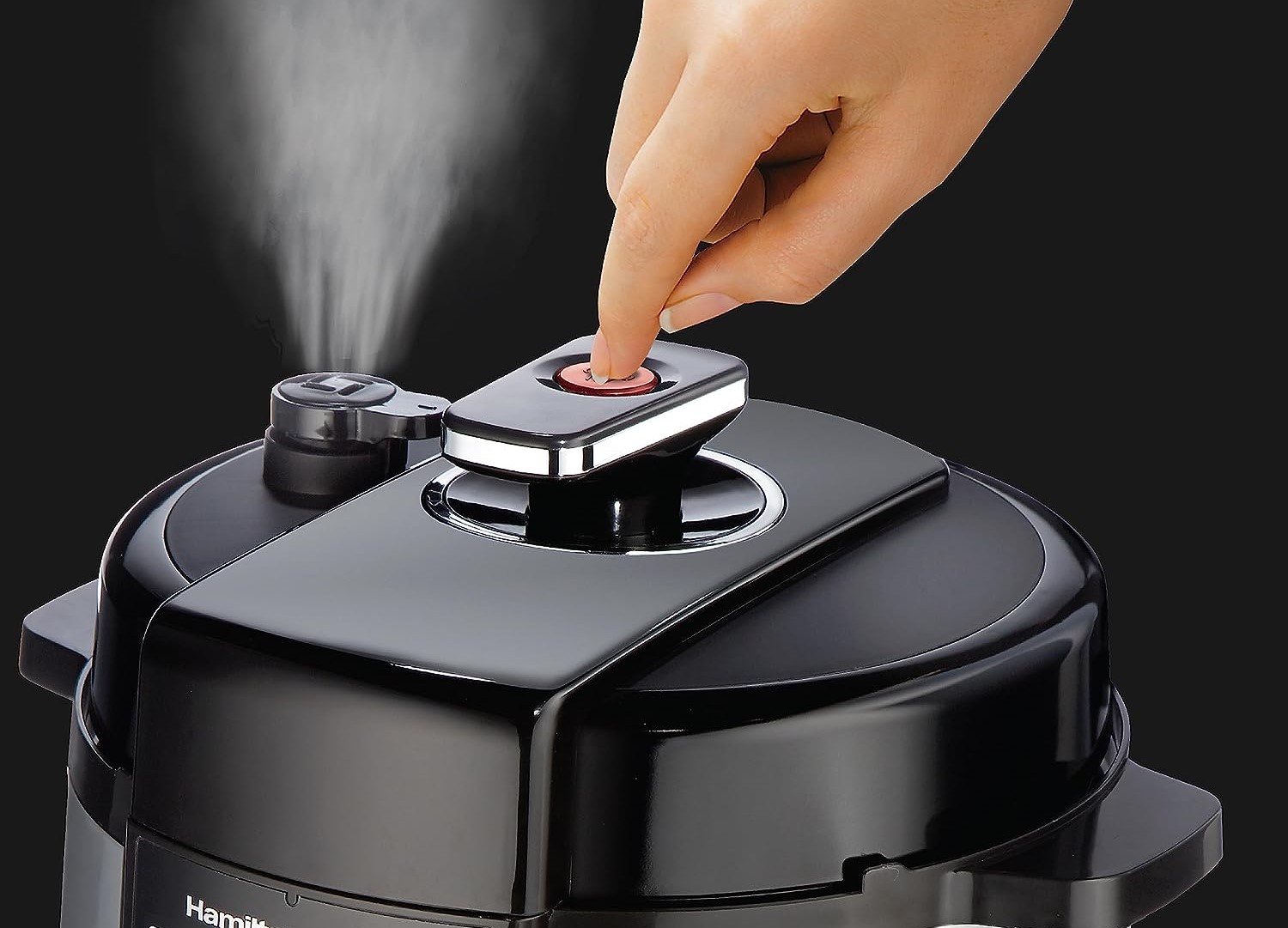
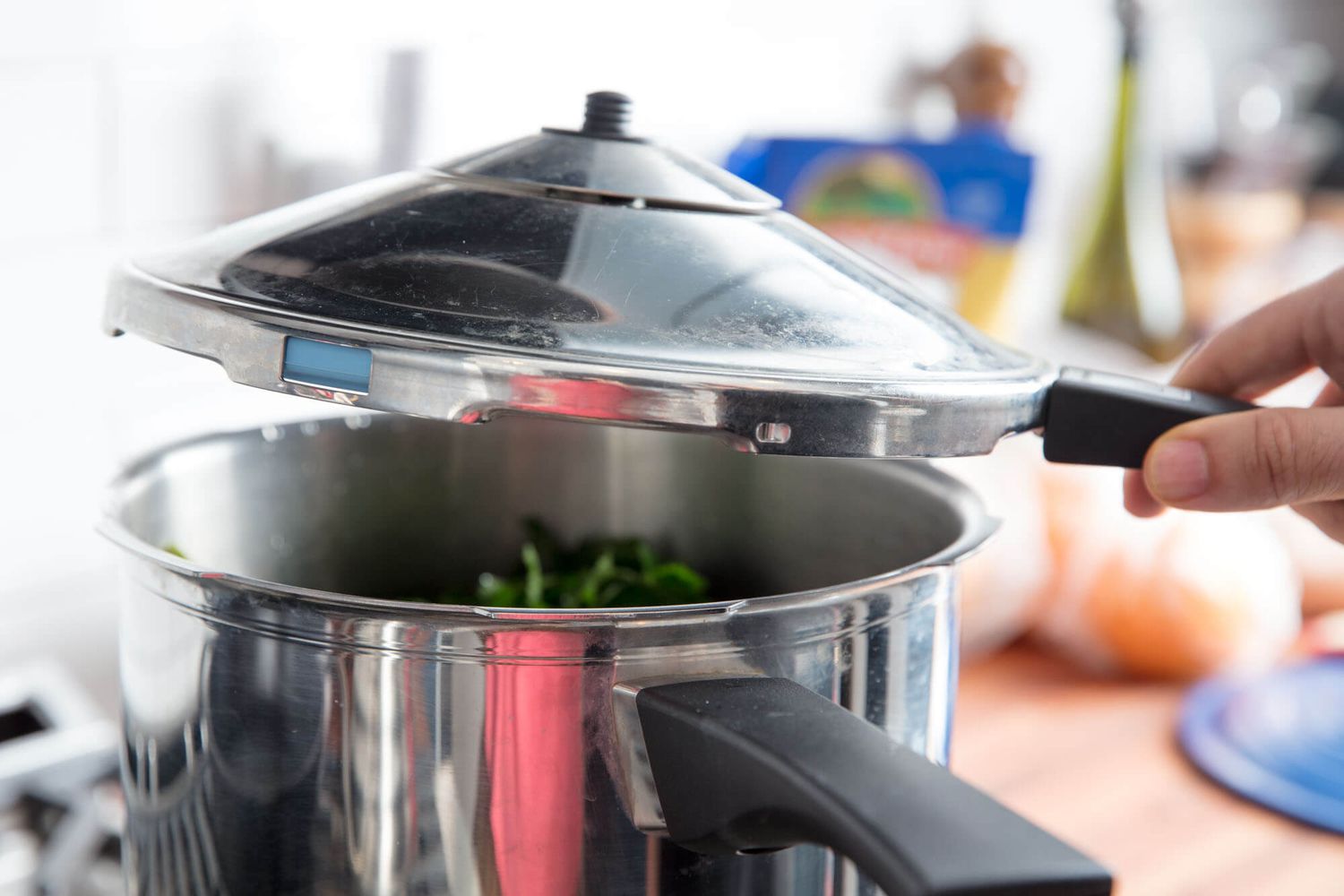
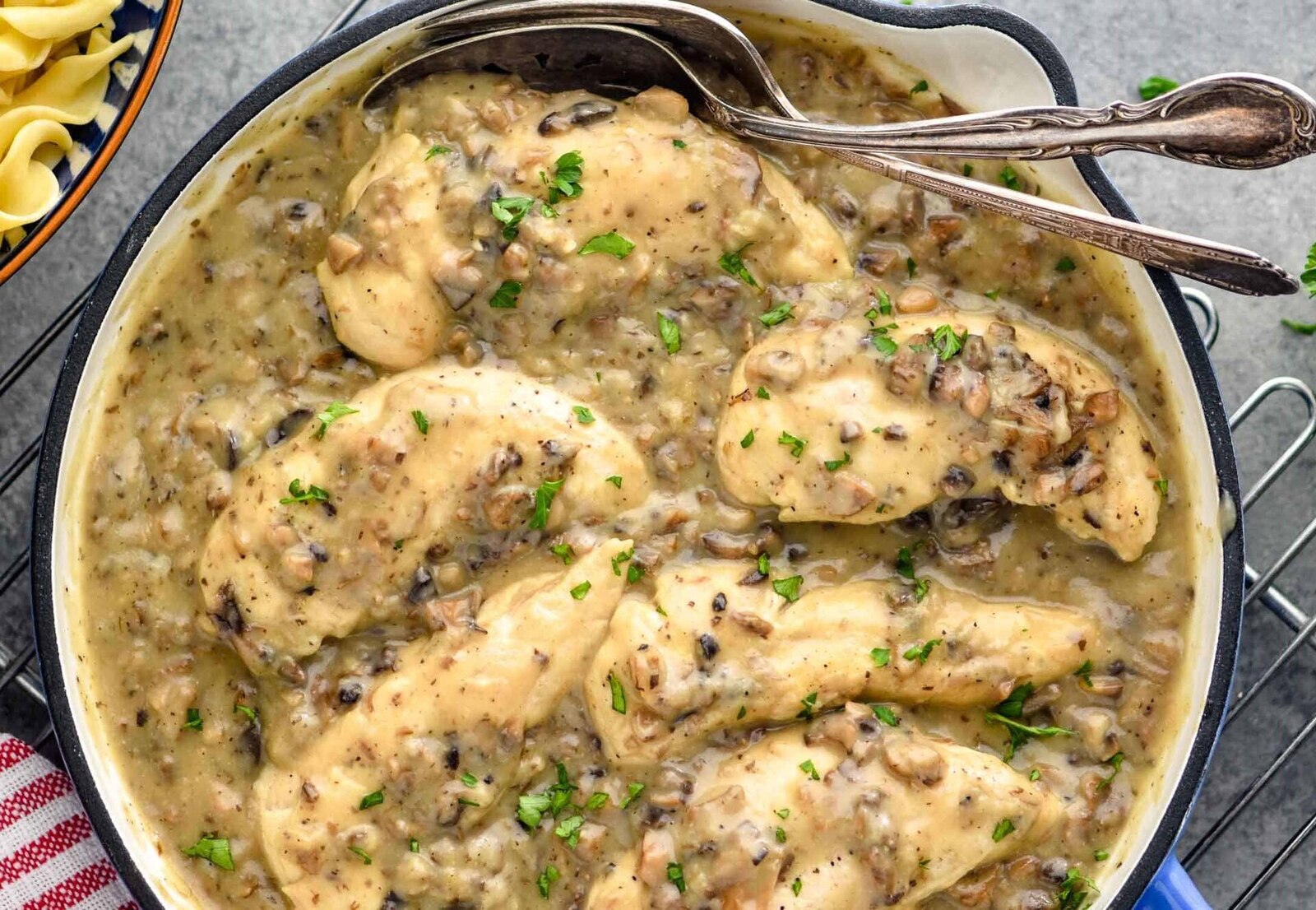
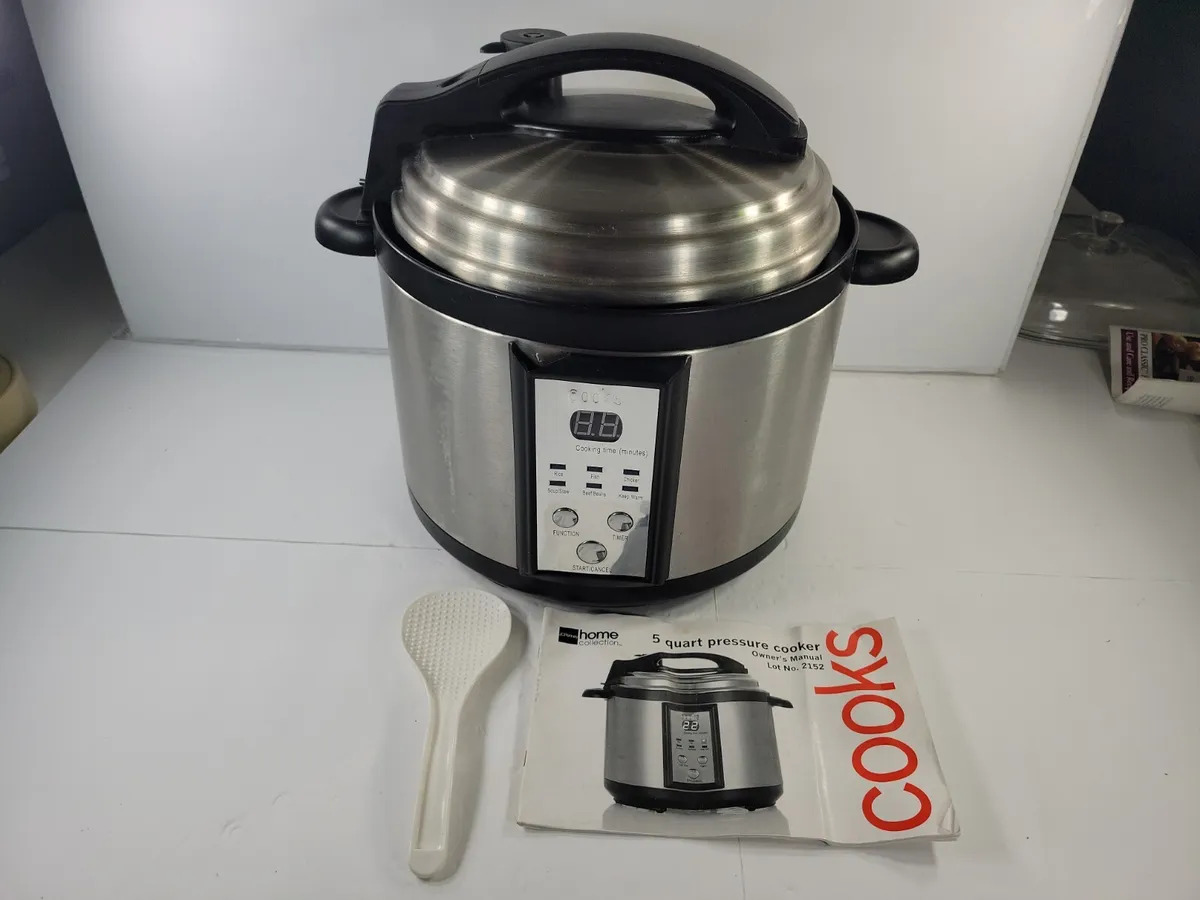

0 thoughts on “How To Use An Electric Pressure Cooker”